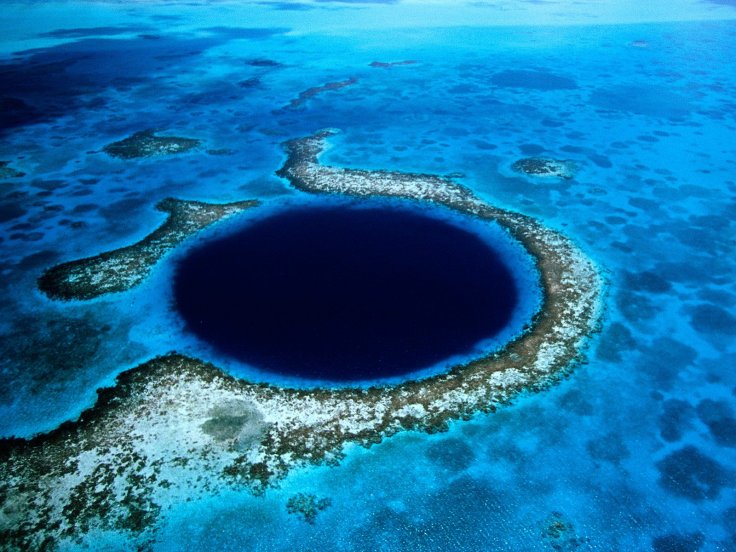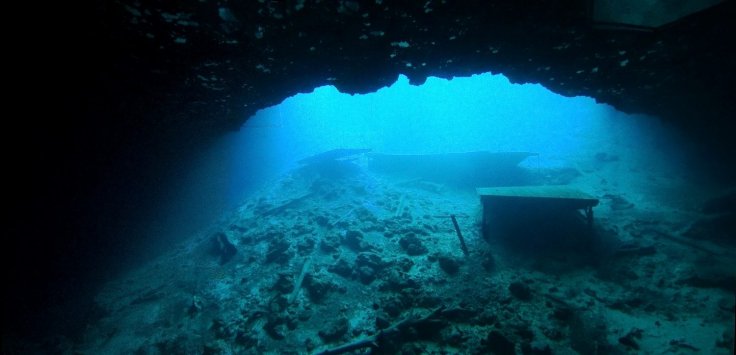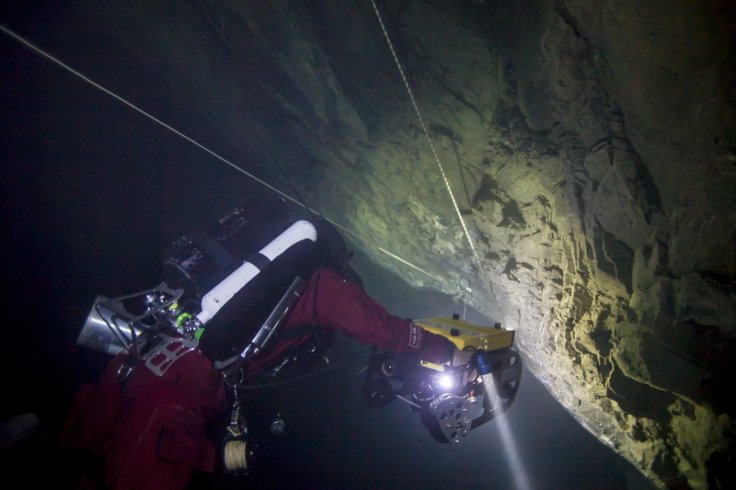Exploring underwater caves can be an exhilarating and awe-inspiring adventure. However, certain water caves are exceptionally treacherous and require advanced skills, experience, and specialized equipment. In this article, we will delve into the world's five most dangerous water caves that are not recommended for beginners. These breathtaking yet perilous subterranean wonders demand respect and caution from even the most experienced cave divers.
The Blue Hole, Belize
Located off the coast of Belize in Central America, the Blue Hole is a captivating sinkhole that entices divers from around the world. The deep blue waters and intricate limestone formations are mesmerizing. However, this 300-meter-wide sinkhole descends to a staggering depth of over 120 meters (394 feet), making it an immense challenge. The strong currents, abrupt temperature changes, and limited visibility inside the sinkhole pose significant risks, including nitrogen narcosis and decompression sickness. Proper training, technical diving skills, and experience in deep dives are prerequisites for anyone attempting to explore the Blue Hole.

The Orda Cave, Russia:
Situated in the Ural Mountains of Russia, the Orda Cave is one of the longest underwater caves in the world, extending for over 5 kilometers (3.1 miles). The cave's crystal-clear waters reveal an ethereal landscape adorned with colossal gypsum crystals. However, navigating through its complex passages, tight squeezes, and occasional siltouts requires advanced cave diving training. The Orda Cave's low water temperature, strong currents, and the potential for disorientation make it a highly challenging and dangerous cave system. Only experienced cave divers with excellent buoyancy control, navigation skills, and cold-water diving experience should attempt to explore this captivating yet unforgiving underworld.

Eagle's Nest, Florida, United States:
Located in Florida, the United States, Eagle's Nest, also known as the "Lost Sink," is a notorious water cave that has claimed the lives of many experienced divers. This vertical cave system descends to over 90 meters (300 feet) and presents a myriad of challenges, including narrow passageways, tight restrictions, and an intricate network of tunnels. The cave's deceptively calm appearance belies the strong currents and potential for sudden changes in visibility. Its depth and complex layout increase the risk of disorientation and the potential for catastrophic accidents. Eagle's Nest demands exceptional cave diving skills, advanced planning, and thorough knowledge of decompression procedures.

Cenote Angelita, Mexico:
Mexico's Yucatan Peninsula is renowned for its cenotes, natural sinkholes that reveal access to submerged cave systems. Among them, Cenote Angelita stands out as one of the most dangerous and visually striking. This cenote boasts a mesmerizing phenomenon known as a "halocline," where a layer of hydrogen sulfide separates the fresh and saltwater, creating an eerie visual effect. However, the hazardous conditions within Cenote Angelita, including poor visibility, unpredictable currents, and the potential for entanglement with fallen trees and debris, require advanced cave diving training. Exploring this cenote demands experience in cavern and cave diving techniques, as well as the ability to remain calm under challenging circumstances.

Hranice Abyss, Czech Republic:
The Hranice Abyss is an extraordinary underwater cave located in the Czech Republic. Considered the world's deepest flooded cave, it plunges to a depth of over 473 meters (1,552 feet). Its unique geological structure and the impressive size of its chambers make it an alluring destination for experienced divers. However, the Hranice Abyss presents formidable challenges, such as extreme water pressure, low temperatures, and limited access points. The technical demands of exploring this abyss require advanced cave diving certifications, specialized equipment, and meticulous planning. Only a handful of highly skilled cave divers have attempted to explore the depths of this remarkable subterranean marvel.

Exploring water caves can be an extraordinary adventure, but it is crucial to remember that some caves are best left to highly trained and experienced cave divers. The Blue Hole in Belize, the Orda Cave in Russia, Eagle's Nest in Florida, Cenote Angelita in Mexico, and the Hranice Abyss in the Czech Republic represent the epitome of dangerous water caves. These awe-inspiring yet treacherous subterranean wonders demand respect, careful planning, and the mastery of advanced diving techniques. For those prepared to face the challenges, these caves offer unforgettable experiences, but they should never be underestimated or attempted without the necessary skills and experience.









